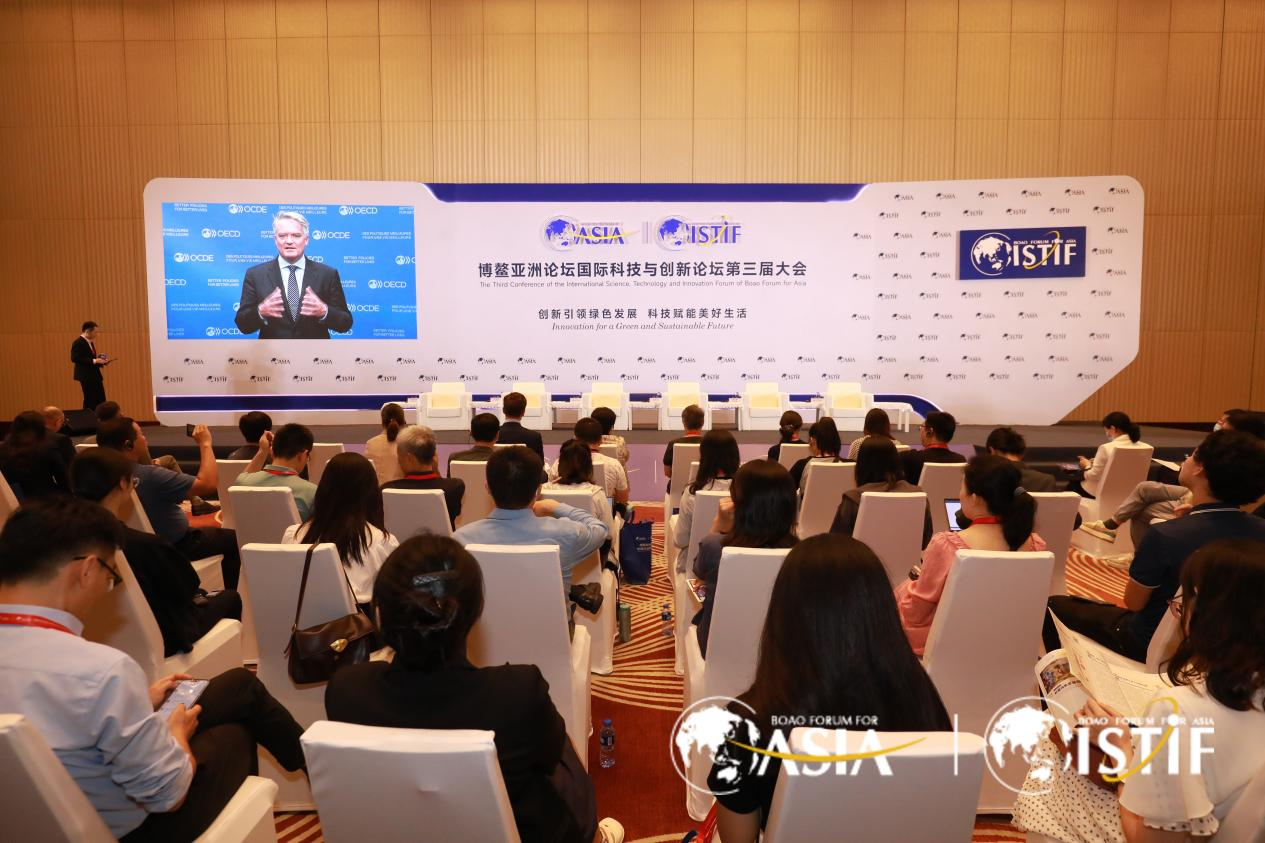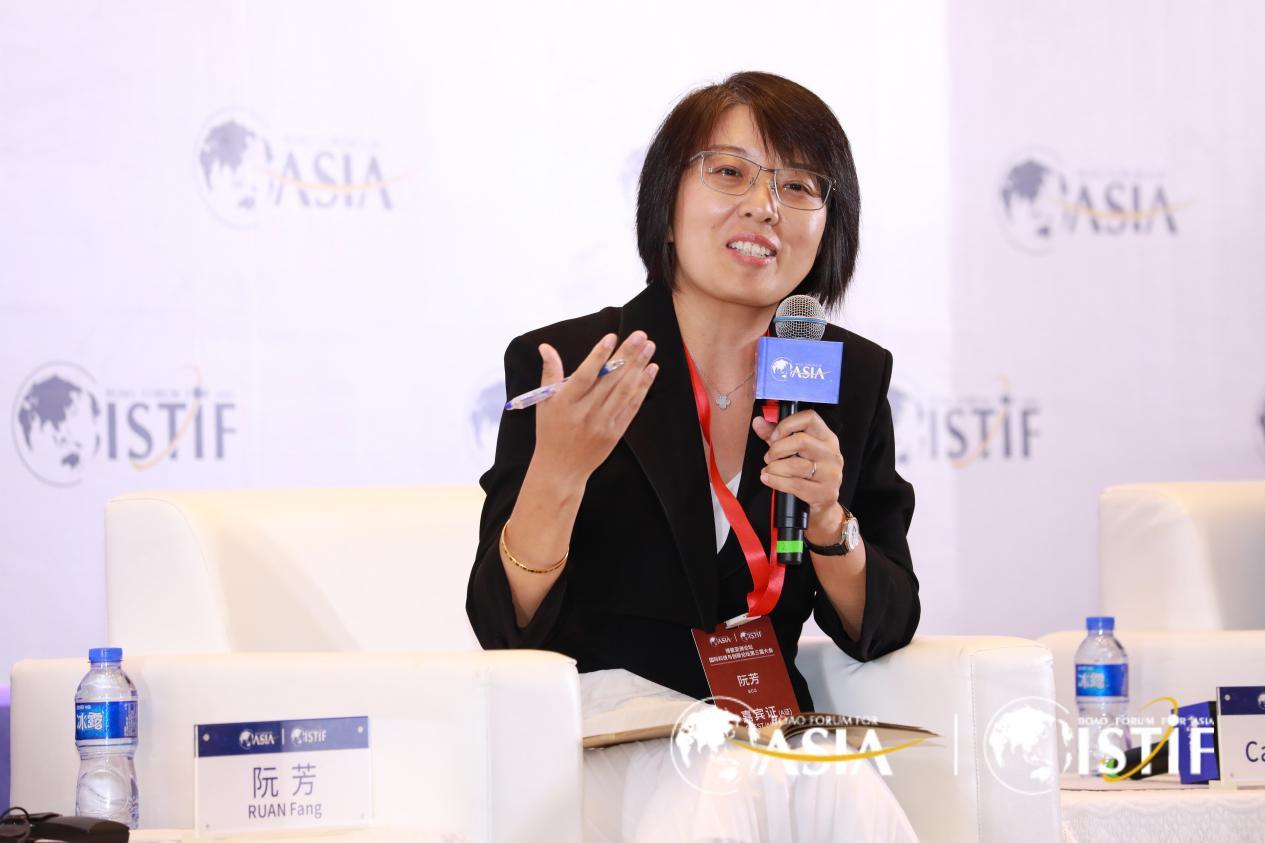The session was moderated by WANG Liwei, Senior Writer at Caixin Media and Oxford Caixin Fellow, with an opening speech by Mathias CORMANN,Secretary General of Organization for Economic Co-operation and Development (OECD). Signe BRUDESET, Ambassador of Norway to China and Mongolia; Dhaval SHAH, General Manager of Corporate Technology & Innovation of SABIC; XU Dongjie, Deputy Chief Engineer of China Electric Power Planning & Engineering Institute and President of the Energy Science and Technology Innovation Research Institute; RUAN Fang, BCG Managing Director & Senior Partner; Carl F. FEY, Professor of Strategy at BI Norwegian Business School, participated in the discussion on topics related to the climate crisis. Mathias CORMANN stated that in the low-carbon economy and green competitiveness, China can address global growth uncertainties through development and innovation. This can be achieved by improving efficiency and productivity, achieving high-quality growth, and enhancing sustainable development through competition neutrality, responsible business practices, and sustainable financing.
During the roundtable discussion, Signe BRUDESET expressed that in the transition to a green economy and sustainable development, China can exchange technologies and policies with Norway, such as electric vehicle sales policies, recycling, and plastic waste management systems, to jointly build smart cities and reduce environmental impact. Dhaval SHAH emphasized that the world will soon face a shortage of new energy, and it is crucial to explore how to better utilize existing renewable energy and achieve low-carbonization. XU Dongjie believed that China has made strong progress in the development of new energy, with renewable energy installed capacity already accounting for half of the total, but there is still insufficient power supply. Technological innovation and integrated development are key to addressing this issue. RUAN Fang pointed out that the motivation for companies to reduce carbon emissions primarily comes from external and internal factors. External factors include pressure from regulatory agencies and policies, while internal factors require market and technological impetus. Mastering the source of the value chain, greenization of the supply chain, regionalization, and expanding the industrial chain are all key to achieving sustainable development. Carl F. FEY stated that electric vehicles have tremendous potential in driving the global green transformation. Both Norway and China are promoting the development of electric vehicles, with China already serving as a global manufacturing engine for electric vehicles. However, it still needs to enhance brand building and innovation to increase international recognition.
The panelists unanimously agreed that climate change is a matter of survival for humanity and the Earth. Achieving carbon neutrality and peaking carbon emissions has become an urgent and necessary task. With the joint efforts of various countries, the rate of greenhouse gas emissions is slowing down. There are numerous ways for humanity to save itself, and a green and low-carbon future is foreseeable. We have the technology and means to address climate change. The climate crisis is driving the need for action, and in the coming decades, green competitiveness will be the focus of competition among nations and companies. Renewable energy and electric vehicles have become the driving forces of the green economy and pose substantial challenges to traditional energy and traditional vehicles. In the future, many technologies and industries are expected to become new sources of green competitiveness.








